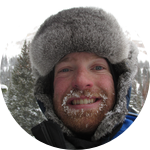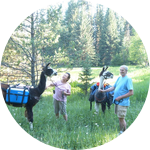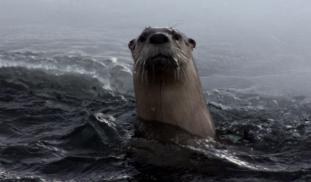Please wait...
About This Project
Otters are immigrating to the Greater Yellowstone’s historically fishless Beartooth Plateau as a side effect of sport fish stocking as well as climate change. As an “invasive species” in this alpine environment, these predators could have serious consequences for native species. Our team of citizen scientists will collect data on this new population for monitoring and hypothesis testing, and we will share results through both technical and popular formats.

Browse Other Projects on Experiment
Related Projects
How do polar bears stay healthy on the world's worst diet?
Polar bears survive almost entirely on seal fat. Yet unlike humans who eat high-fat diets, polar bears never...
Uncovering hidden insect diversity associated with a likely undescribed gall-forming midge
Does a likely undescribed species of gall-forming midge (pers. comm. Ray Gagné) on Eriodictyon plants (Yerba...
Macrofungi of the California archipelago
The eight islands of the California Archipelago are a well-studied biodiversity hotspot — but we know almost...





